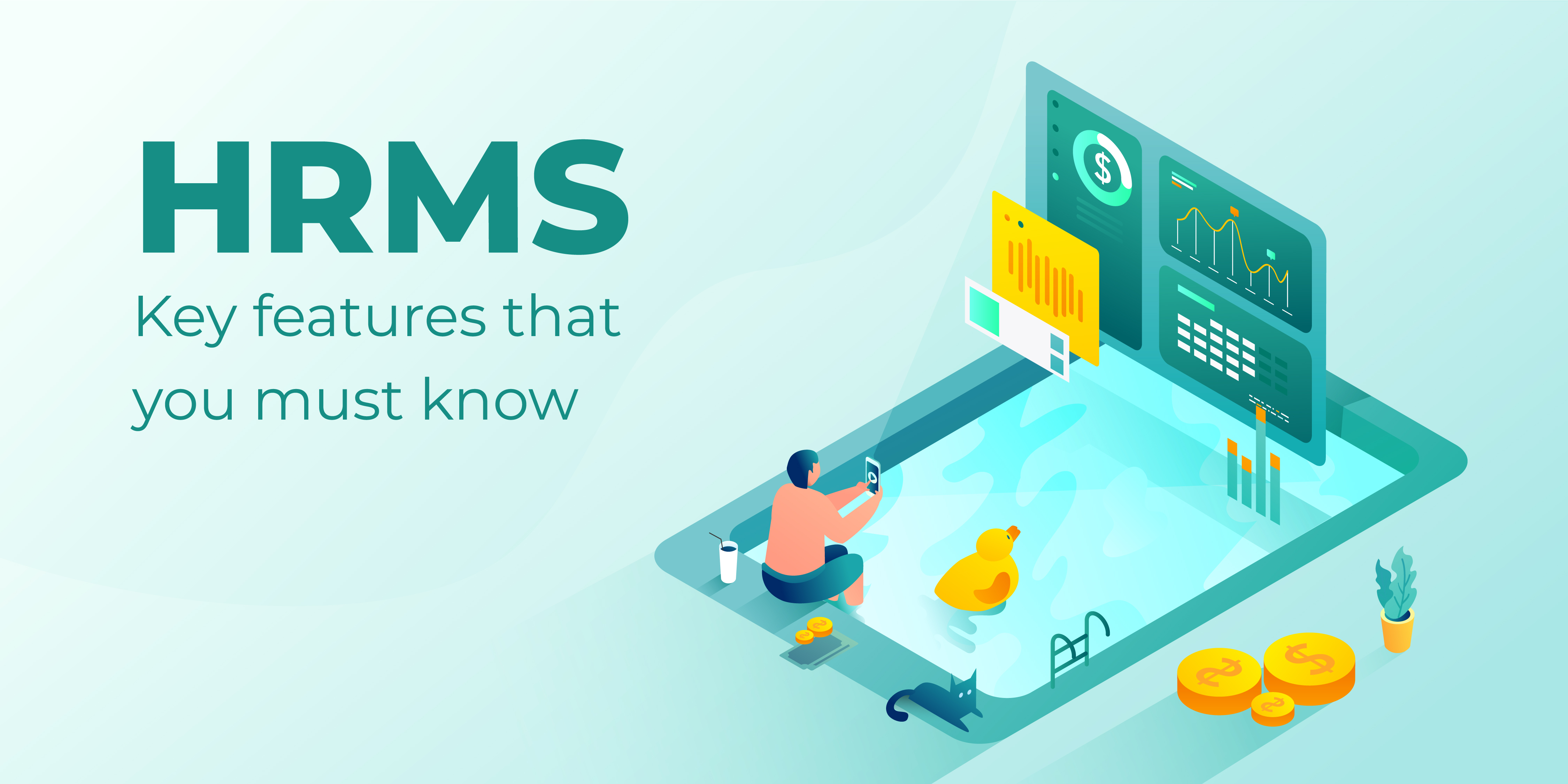But how exactly does this hidden power work? How can analyzing HR data drive better decisions and ultimately boost your organization's performance? Let's delve deeper:
From Gut Feeling to Data-Driven Decisions:
Gone are the days of relying on intuition and guesswork in HR. HRMS analytics provides a clear, data-backed picture of your workforce. Imagine having insights into:
- Recruitment: Track time to hire, identify successful recruiting channels, and predict future talent needs.
- Performance: Pinpoint top performers, analyze skill gaps, and tailor training programs for maximum impact.
- Engagement: Gauge employee sentiment, identify factors impacting morale, and proactively address retention concerns.
- Compliance: Monitor adherence to labor laws, identify potential risks, and streamline compliance processes.
Benefits beyond HR? Absolutely!
The beauty of data-driven HR decisions is their ripple effect across the organization. Here's how HRMS analytics can enhance overall performance:
- Increased Productivity: By aligning skills and training with needs, you unleash the full potential of your workforce, leading to higher productivity and output.
- Reduced Costs: Improved recruitment, targeted training, and decreased turnover all contribute to significant cost savings.
- Better Talent Management: Attract and retain top talent by building a positive work environment and fostering career growth, thanks to actionable insights from employee data.
- Enhanced Business Agility: With a clear understanding of your workforce and potential talent gaps, you can adapt to changing market dynamics and seize new opportunities.
Unlocking the Potential:
Implementing HRMS analytics isn't magic, but it does require commitment. Here are some tips for success:
- Invest in the right HRMS: Choose a system with robust analytics capabilities and ensure user-friendly data visualization tools.
- Embrace data literacy: Train your HR team and key stakeholders on interpreting and utilizing data insights.
- Focus on actionable metrics: Don't get lost in data overload. Identify key metrics relevant to your specific goals and tailor your analysis accordingly.
- Communicate and collaborate: Share data-driven insights across departments to foster a culture of informed decision-making.
Remember, HRMS analytics isn't about replacing human intuition, but about complementing it with powerful data-driven insights. By harnessing the potential of this hidden gem, you can unlock a new era of informed HR decisions and propel your organization towards greater heights.
So, are you ready to unleash the data-driven HR revolution within your organization? Start digging into your HRMS, and watch your performance soar!


